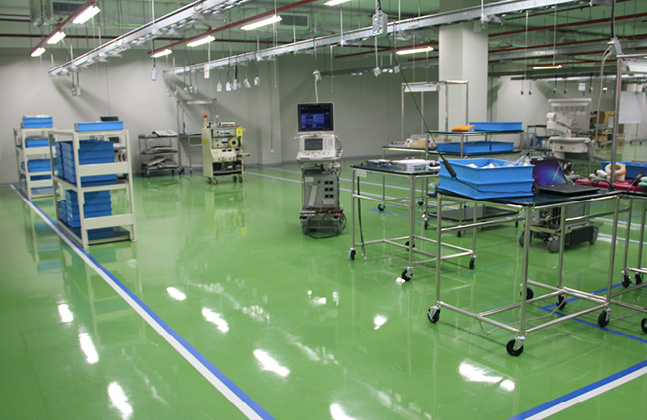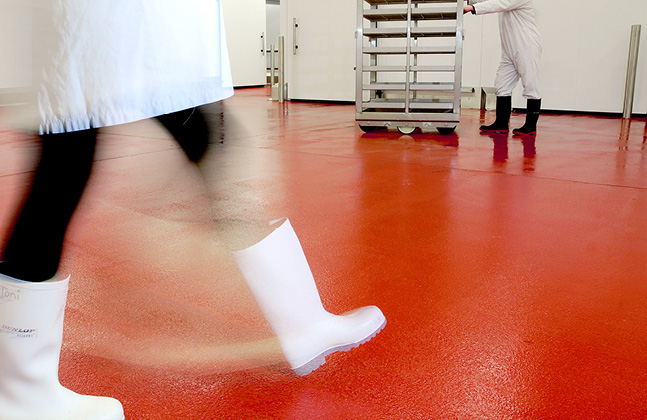Did you know that in 2013–14 there were 106,565 serious workers’ compensation claims in Australia? Or that each work related injury costs approximately $116,600?
Slips and trips account for an average of 21.4% of these injury claims, which makes the identification of these hazards key to establishing a safe work environment.
For National Safe Work Month, we’ve compiled some advice here at Flowcrete Australia that will help facility designers and operators identify the most common flooring hazards to look out for.
Common Slip Hazards Include:
1) Uneven floor surfaces
2) A change from a wet to a dry surface
3) The incline of a ramp
4) A loose or bumpy floor surface
Common Trip Hazards Include:
1) Potholes and cracks in the floor
2) Obstacles left in pedestrian areas
3) Worn floor coverings or broken tiles
4) A sudden change in the floor surface
You can reduce the risk of injury by:
1) Minimising changes in the floor level is a great way to minimise the chance of someone onsite falling and hurting themselves. If floor levels must change then use ramps rather than steps, as ramps create a gentle incline and a seamless transition between different areas.
2) In addition to point 1, ensure that the maximum ramp slope does not exceed 1:12, as a steep incline can be just as hazardous as a step up.
3) Use a slip resistant flooring system where appropriate for your facility. Floor areas that are exposed to water, grease or oil can easily become slippery and often require a higher degree of slip resistance.
4) Avoid sudden transitions in floor surface texture if possible. Walking from a highly textured to a smooth surface can cause users to slip over.
5) Use clear navigational signage and demarcation. Visual guides can be a great help to users by clearly identifying hazards that should be avoided.
6) Create appropriate falls across the floor to aide the flow of excess water towards nearby drains and avoid ponding of water. Ponding water is not only unhygienic, but it also poses a major slip risk.
If you need further information on safe flooring then contact us by clicking here and make sure to stay up-to-date with the latest safety information on Safe Work Australia’s website.







